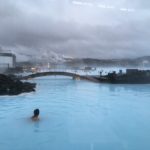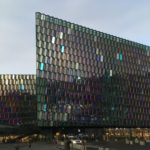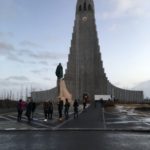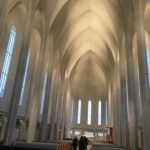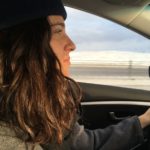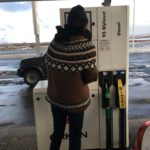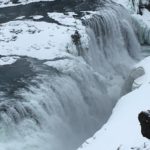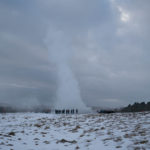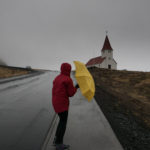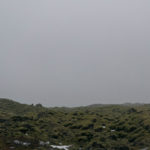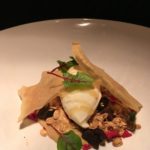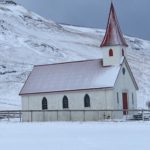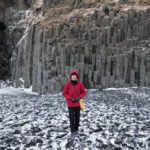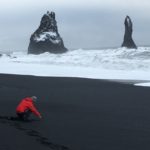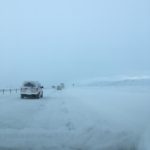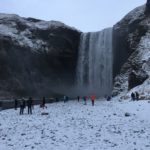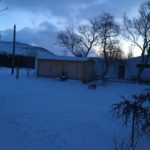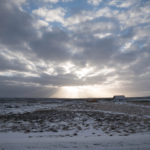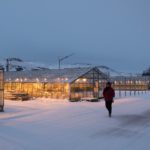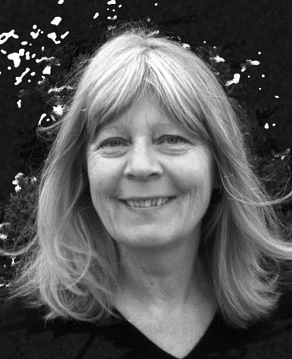First stop the Blue Lagoon at 8am to recover from the 12+ hour flight with fuel stop in Edmonton, Canada. Pitch dark, the worst rain storm I can remember and driving in no man’s land. In pouring rain the water of the blue lagoon must have cooled off compared to five years ago when I visited in the summer and it was a magical experience. This time it was too cold, the entrance fee steep ($80 per person towels not included) and too many visitors. What happened to Iceland? Even in the winter so many tourists from all over the western and eastern world. Too many for the Icelanders to take care of so they opened their doors to guest workers, mainly from Poland. Young, friendly people who speak fluent English, get paid much better than in Poland and can stay as long as they want.
Next stop: Reykjavik. Our airbnb was as expensive as what I rent out in SF, only smaller. The food was more expensive and eating out much more. But we visited the happiest people in the world – it was worth it. The city has about 150,000 inhabitants, the whole island about double of that. There are many more sheep and puffins but they are only around in the summer. We visited the Harpa, an amazing cultural center with small mirrors as walls, created by Olafur Eliasson; the Hallgrímskirkja, straight grey lines inside and out pointing into grey heavens; walked up and down the main shopping street and even bought an Icelandic sweater in the Red Cross’ second hand shop ($80) where all the natives looked for bargains. A fabulous dinner at the “Fish Market” by the harbor, worth the price.
Our road trip south took us to the well known tourist spots – the Strokkur geyser that unexpectedly spits hot water high up in the air, in the winter you can only see steam rising to the ahs and ohs of the many tourists ready for the photo op. The breath taking Gullfoss waterfall nearby broke its path through snow and ice. Like the Niagara Falls, said my daughter, an amazing natural wonder. In Vik at the southern coast we stayed at an airbnb by the church. It was Sunday, terrible weather but that did not prevent the villagers to walk up the steep hill in wind and rain without umbrellas. The church was warm and with a room to change into Sunday clothes. We took the car and drove east on highway 1, hoping to get a glimpse of the mossy landscape – backdrop for some of Cindy Sherman’s self-portraits – of icebergs and glaciers. But just the moss appeared through the mist. Our reward at night, a dinner at the best restaurant in Vik (perhaps the only one) that had delicious Skyr – cheesecake – so light and smooth, worth to return just for that. Snow was in the forecast and we canceled the place we had booked near Höfn. Driving on snowy roads is no fun. Milena living in LA did a great job but we agreed that it is better to walk in the snow – and that’s what we did in Hveragerdi, our last stop before getting back to Reykjavik. A sleepy, small village outside of Selfoss, with greenhouses everywhere lit up like Christmas decoration, hot springs, hiking trails and pools, great to visit again when the snow is gone.
Iceland’s attraction is NATURE: glaciers, volcanos, waterfalls, geysers, green hills and black cliffs with puffins and sheep, and to experience that to the fullest it’s better to visit the island in the summer. In winter the light is very special and Milena, my daughter, filmmaker and photographer who took most of these photos, was ecstatic about the light, although we didn’t even see the northern light. And if you go in the winter make sure to book only places with 24-hour cancelation policy, severe weather can surprise you suddenly.

